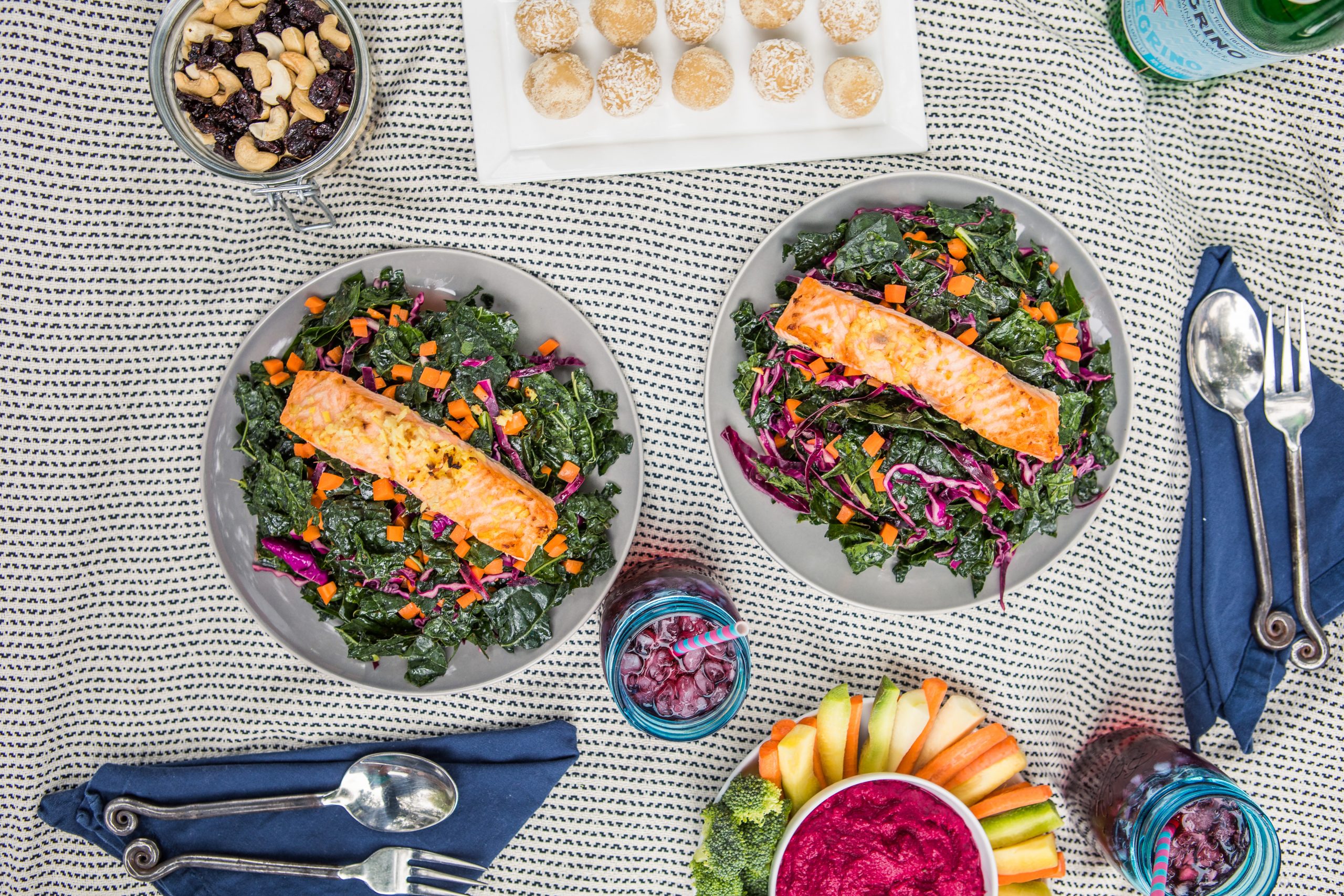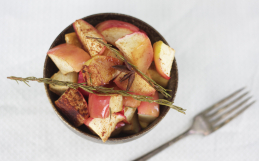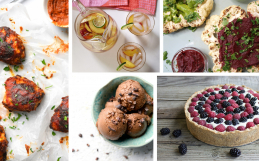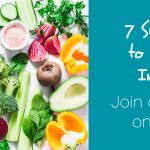Clean eating is a super hot topic in the world of health and wellness – but what exactly does “eating clean” mean?
Here at the Conscious Cleanse, when we talk about eating clean, we mean eating whole foods in their natural form, while avoiding highly processed, packaged foods.
Focus on foods that are minimally processed, chemical-free, and very close to the way they appear in nature. Basically, if there’s an ingredient you can’t pronounce, don’t eat it. We’re talking dark leafy greens, herbs, sprouts, non-gluten grains like brown rice and quinoa, legumes, nuts, seeds, organic lean meats and wild fish.
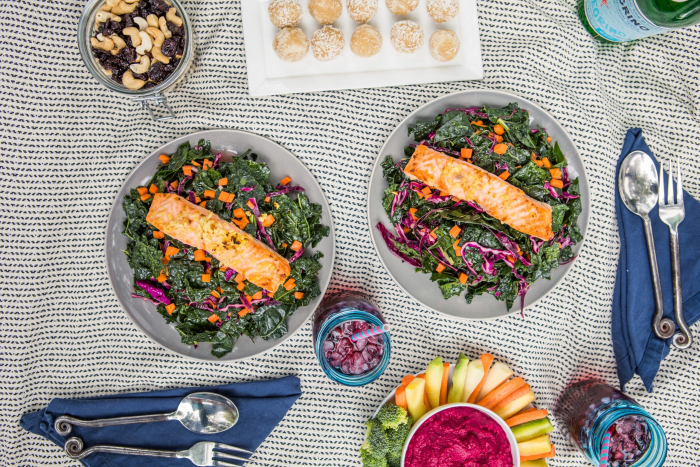
Don’t worry – this doesn’t mean spending hours in the kitchen or searching the store for obscure foods! Whether you’re cleansing, living your 80:20 Lifestyle, or just trying to eat cleaner, these 5 simple essentials are must-haves in your fridge at all times.
Jo & Jules’ 5 Clean Eating Essentials:
- Lots of Veggies: Veggies are the center of a clean-eater’s universe. Select one or two types of dark leafy greens (kale, spinach, chard, collard greens, etc.) – focus on greens you can use in multiple recipes, for instance, pick a green that you like using in both salads and green smoothies.
Grab some other veggies you can slice and eat as a snack or top your salads – we love cucumbers, radishes, carrots, celery, or avocados. Store your veggies in either glass containers or Abeego beeswax wraps (their large wraps are great for bunches of leafy greens!) - Nut Milk: Have a high-quality nut milk on hand at all times – nut milk is an essential ingredient in many of our recipes, especially green smoothies! If possible, the best option is to make your own nut milk (we have 5 different easy recipes to check out here). If that’s not an option for you, store-bought milk will work, but be a label detective! Lots of nut milks include ingredients like carrageenan, guar gum, natural flavors, citric acid, vegetable oils that you should definitely try to avoid. We really like the Malk and Forager Project brands.
- Dressing or Dip: Having a tasty salad dressing or dip on hand throughout the week can make a huge difference in your meal prep. The cleanest option would be to make your own (we’ve got lots of recipes here). If you do need to buy a dip or dressing, be very conscious when reading the ingredients – look for as few ingredients as possible, and avoid additives and preservatives like guar gum, xanthan gum, citric acid, and common allergens like peanuts, soybean oil, gluten, or dairy.
- Animal or Plant Protein: Make sure to always have a prepared animal or plant protein on hand to use in a salad or vibrancy bowl. If you’re going for plant protein, look for chickpeas, lentils, beans, nuts like walnuts or almonds, or seeds like pumpkin or hemp seeds. Always buy organic, and if you’re buying canned beans make sure they have no extra added ingredients and are BPA free. For animal protein, go for lean, organic, free-range meats like chicken, bison, or turkey, and/or wild-caught fish, like salmon, trout, or cod.
- Pre-Cooked Whole Grains: Having a batch of rice, quinoa, millet, or buckwheat on hand can make meal prep a breeze! When shopping, look for organic, non-gluten grains. Avoid pre-cooked rice packets or grain blends as these usually contain added preservatives or flavors. You can find a couple of our favorite grain-based dishes here and here.
With love,
Jo & Jules
If you liked these tips, we invite you to join our online community! As a welcome-gift, we’ll send you our Meal Prep 101 Guide to Meal Planning (which includes a 7-day meal plan and recipes!)
We’ll also be sure to share new recipes and healthy lifestyle tips. Welcome! We’re so glad you’re here.
